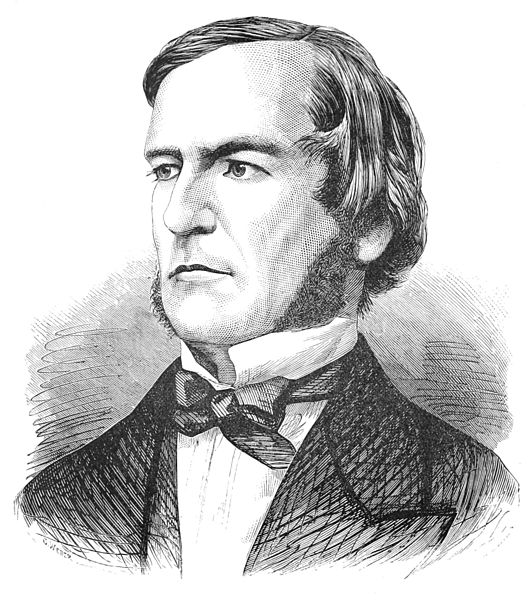- Decomposition
- breaking down a complex problem or system into smaller parts
- Pattern Recognition
- looking for similarities among and within problems
- Abstraction
- focusing on the important parts only, ignoring irrelevant detail
- Algorithms
- developing a step-by-step solution to the problem
February 18, 2020
Key parts of computational thinking
Decomposition
- Split a big problem into small parts
- Using only a small set of words
- Understand what is happening
Exercise
Animate the letters of your name
- Make a letter change color when you click it.
- Choose a letter from the Sprite Library.
- Choose a backdrop.
- Make a letter turn when you click it.
- Make a letter get bigger and then smaller.
- Make a letter glide smoothly from place to place.
Scratch “language”
Data Elements
We store data in variables
These elements allow us to do things to variables
- Set variable
_to_().png)
- Change variable
_by_().png)
Control elements
Repeat N times
.png)
Repeat until …
.png)
If … then …
_Then.png)
If … then … else …
_Then,_Else.png)
Logical Operators
Notice that TRUE/FALSE blocks have a particular shape
Comparing two values always gives either TRUE or FALSE
Boolean Operators
 George Boole (1815–1864) was an English mathematician, educator, philosopher and logician. He is best known as the author of The Laws of Thought which contains Boolean algebra.
George Boole (1815–1864) was an English mathematician, educator, philosopher and logician. He is best known as the author of The Laws of Thought which contains Boolean algebra.
Boolean Operators
They have diamond shape: logic
Question: How do they work?
Exercise: Make a cartoon
Try these in any order:
- Say Something
- Fly Around
- Go Right and Left
- Go Up and Down
- Change Costumes
- Glide from Here to There
- Grow and Shrink
- Change Backdrops
_=_().png)
_is_Less_Than_().png)
_is_Greater_Than_().png)
.png)
_or_().png)
_and_().png)